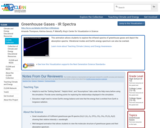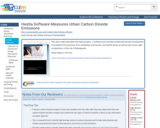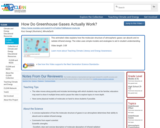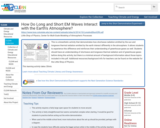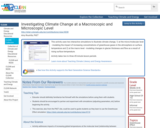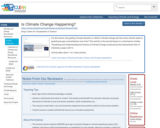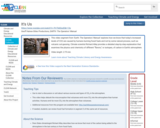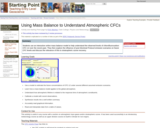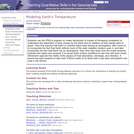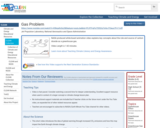
NASA produced white-board animation video explains key concepts about the role and source of carbon dioxide as a greenhouse gas.
- Subject:
- Applied Science
- Atmospheric Science
- Career and Technical Education
- Environmental Science
- Environmental Studies
- Physical Science
- Material Type:
- Diagram/Illustration
- Reading
- Provider:
- CLEAN: Climate Literacy and Energy Awareness Network
- Provider Set:
- CLEAN: Climate Literacy and Energy Awareness Network
- Author:
- Jet Propulsion Laboratory
- National Aeronautics and Space Administration
- Date Added:
- 06/25/2019



